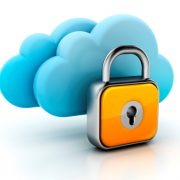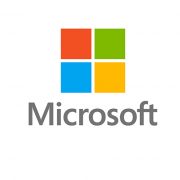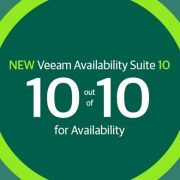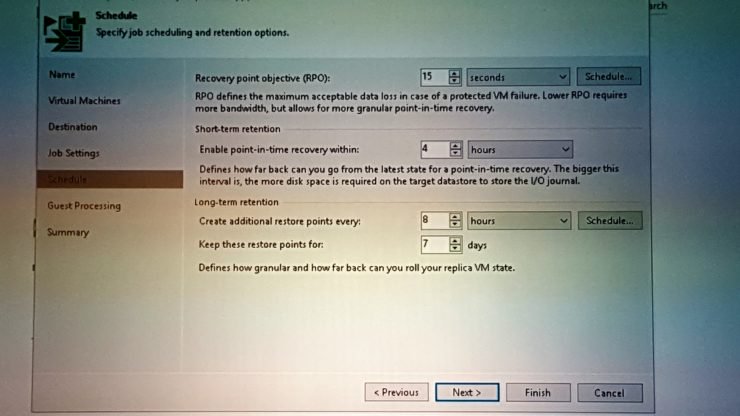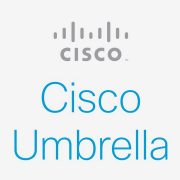Internet Security – Two-Factor Authentication: Why & How You Should Use it
Conventional wisdom about passwords is shifting, as they are increasingly seen as a less-than-ideal internet security measure for securing digital accounts. Even the recommended rules for creating strong passwords were recently thrown out the window. Average users are just too unreliable to regularly create secure passwords that are different across all accounts, so using technology to augment this traditional internet security is imperative.
From online banking to email to cloud-based file storage, much of our high-value information is in danger if a hacker gains access to our most frequently visited sites and accounts. That’s where two-factor authentication comes in.
Two-factor authentication (2FA) adds an extra layer of security to your basic login procedure. When logging into an account, the password is a single factor of authentication, and requiring a second factor to prove you are who you say you are is an added layer of security. Each layer of security that you add, exponentially increases protection from unauthorized access.
Three categories of two-factor authentication:
- Something you know, such as a password.
- Something you have, such as an ID card, or a mobile phone.
- Something you are, a biometric factor such as a fingerprint.
The two factors required should come from two different categories. Often, the second factor after entering a password is a requirement to enter an auto-generated PIN code that has been texted to your mobile phone. This combines two different types of knowledge: something you know (your password) and something you have (your mobile phone to receive a code in SMS text or code from a 2FA app).
Protect accounts with an extra layer of security
Popular social media sites, including Twitter, Facebook, Instagram and Pinterest, have added 2FA to help protect users. In addition, you may have noticed that services from companies such as Apple, Google and Amazon will notify you via email each time you log in from a different device or location.
While 2FA from an SMS text message is popular and much more secure than a password alone, it is one of the weaker types of 2FA. This is because it’s relatively easy for an attacker to gain access to your SMS texts. When you log in to your account and it prompts for a SMS code, the website then sends the code to a service provider and then that goes to your phone.
This is not as secure as everyone thinks, because the phone number is the weakest link in the process. If a criminal wanted to steal your phone number and transfer it to a different SIM card, they would only need to provide an address, the last four digits of your social security number, and maybe a credit card number.
This is exactly the type of data that is leaked in large database breaches, a tactic to which most Americans have fallen victim at some point or another. Once the attacker has changed your phone number to their SIM card, they essentially have your number and receive all your texts, thus compromising the SMS 2FA.
Many people are guilty of using weak passwords or the same login information across several accounts, and if this sounds like you, we recommend that you use authenticator apps such as Google Authenticator and Authy. These apps are widely supported and easy to setup.
Simply go to the “account settings” section on the site you want to enable. There should be an option for 2FA if it is supported. Use the app on your phone to scan the QR code and, just like that, it’s configured to give you easy six-digit encrypted passwords that expire every 30 seconds.
What happens when you’re not using sites that have 2FA enabled? Quite simply, security is not as tight and there’s a higher risk of a hacker gaining access to your accounts. Depending on what is stored, your credit card information, home address, or other sensitive data could be stolen and used to commit fraud or sold on the DarkWeb.
And until passwords are put to death completely, be sure to heed a few safety tips from Gary Hayslip, Webroot CISO, in addition to using two-factor authentication:
“Change passwords periodically, do not recycle passwords, don’t use the same password for your social media account and your bank account, and finally store your passwords in a safe place. Consider using some type of password vault program, avoid keeping passwords on a Post-it note under your keyboard, on your monitor or in a drawer near your computer.” – Webroot CISO Gary Hayslip

